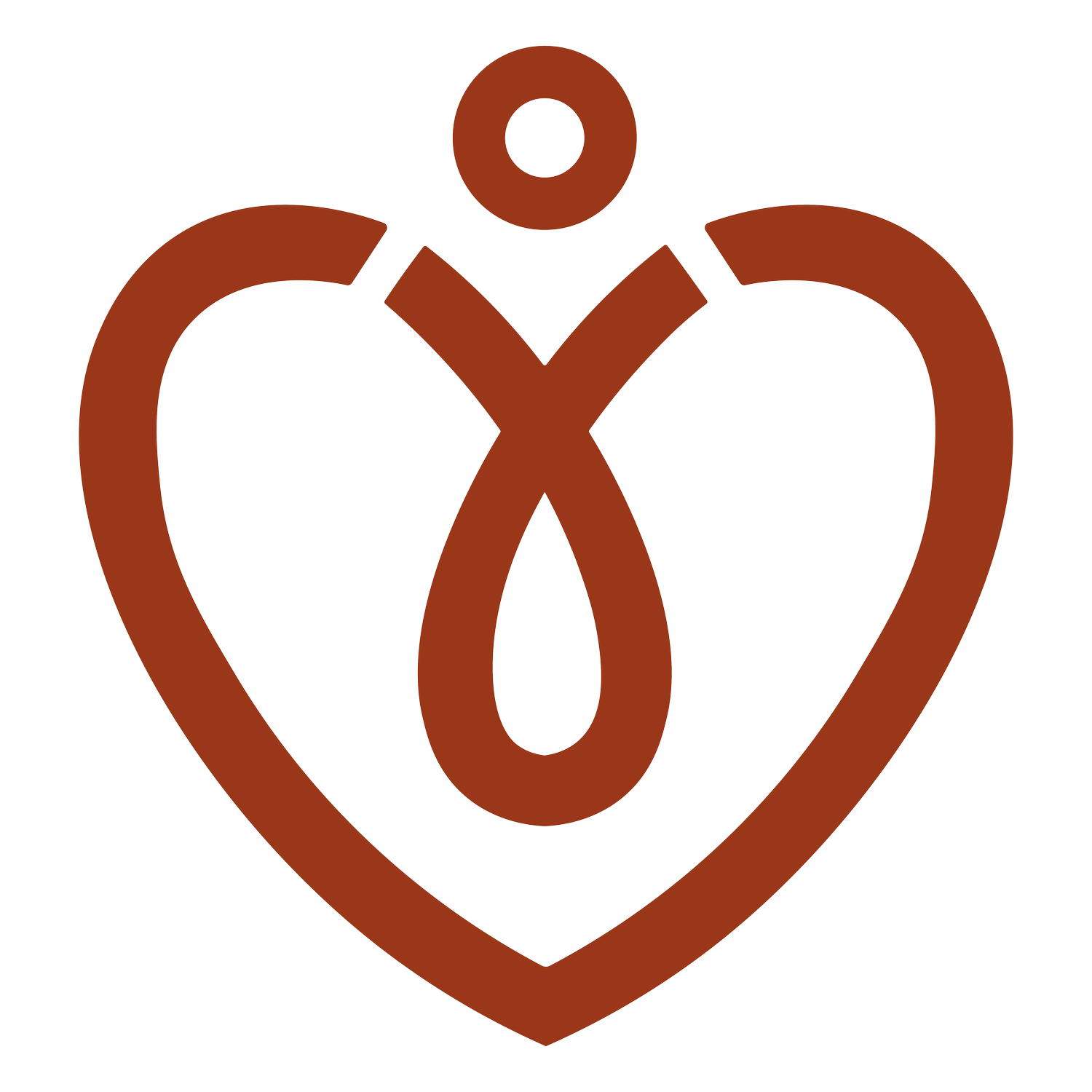Why Letting Go of Restriction Feels Unsafe in Eating Disorder Recovery
by Dr. Marianne Miller, LMFT, offering eating disorder therapy in California
Letting go of food restriction is often framed as a step forward in eating disorder recovery. But for many people with eating disorders in San Diego, Los Angeles, San Francisco, and elsewhere, it doesn’t feel like freedom. It feels like fear.
If you’ve been told to “just eat more” or to “stop being so rigid,” but your nervous system screams unsafe, this post is for you. There’s a reason this step feels so hard. It’s not a lack of willpower. It’s about survival.
How Restriction Functions as a Coping Strategy in Eating Disorders
Restriction is not always about weight. For many people, it becomes a way to cope. It brings order, clarity, and a sense of stability when the world feels unpredictable.
If you are neurodivergent—living with ADHD, autism, sensory sensitivities, or executive functioning differences—restriction can reduce overwhelm. When your brain already works overtime managing internal and external noise, narrowing food choices can make daily life more tolerable.
For trauma survivors, restriction can create emotional distance from a body that doesn’t feel safe. It can dull emotions, disconnect you from hunger and fullness cues, and offer the illusion of control.
Understanding Egosyntonic vs. Egodystonic Restriction
A key reason why restriction feels hard to let go of is that it may feel aligned with your values. In clinical terms, this is called egosyntonic. When a behavior is egosyntonic, it feels right or necessary. It might feel like part of your identity. You may even feel proud of your ability to restrict, especially in a culture that moralizes thinness and discipline.
Egodystonic restriction, on the other hand, feels distressing. You might know that restricting harms you, but you still feel unable to stop. You may feel like you’re stuck in a cycle that you can’t break.
Most people experience both. You might feel comforted and trapped at the same time. Naming these inner contradictions is a powerful part of the healing process.
The Emotional Grief of Releasing Restriction
Letting go of food rules isn’t just about changing what’s on your plate. It’s about grieving the role restriction played in your life. That grief is valid.
You may grieve the sense of structure restriction gave you. You may grieve an identity that was built around being “good” or “in control.” You may grieve the protection it offered during painful chapters of your life.
This grief deserves space. In eating disorder therapy in California and elsewhere, we often build in room to mourn what restriction helped you survive, even as we gently move toward nourishment.
How to Replace Restriction with Safety and Structure
Recovery means building something more supportive than restriction. If you’re neurodivergent or navigating ARFID, this might look like:
Creating predictable and sensory-friendly eating routines
Using visuals, timers, or tools to support executive functioning
Allowing comfort foods without shame
Practicing co-regulation or using low-lift eating strategies
Building safety through relational support, not food rules
You don’t have to jump into full freedom eating. You can start with small shifts that honor your autonomy and your nervous system’s capacity.
Why Recovery Must Be Autonomy-Centered and Trauma-Informed
If you live in a fat body, a Queer or trans body, a disabled body, or a racialized body, you’ve likely received the message that restriction equals safety. That message isn’t your fault. It’s a product of systemic anti-fat bias, ableism, and white supremacy.
You deserve a recovery path that acknowledges this. You deserve care that doesn’t pressure or shame you, but instead honors consent, bodily autonomy, and your lived reality.
True healing doesn’t rush you or coerce you. It invites you to trust yourself again—slowly, steadily, and with support.
You Are Not Failing. You Are Surviving.
If it feels unsafe to let go of restriction, you are not doing recovery wrong. You are listening to the part of you that protected your body and mind for a long time. That part deserves care, not criticism.
There is no one right way to heal. There is only your way. And that way gets to include support, sensory attunement, rest, and time.
Get Support for ARFID, Sensory-Based Eating, and Neurodivergent Recovery
If you’re navigating ARFID, sensory sensitivities, or selective eating patterns, I invite you to explore my ARFID and Selective Eating Course. This self-paced program is grounded in trauma-informed, neurodivergent-affirming care.
👉 Start here: drmariannemiller.com/arfid



